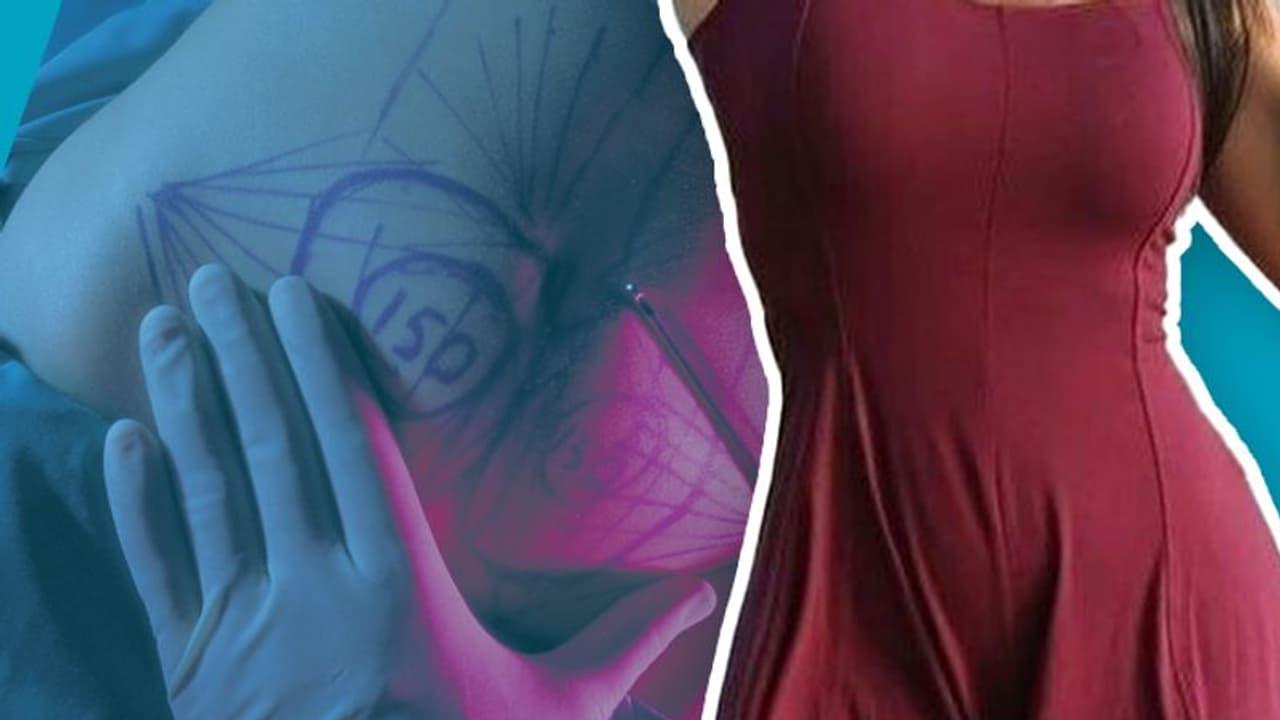
Liposuction Explained: Learn The Truth About Safety, Results And Suitability
Liposuction is a widely performed cosmetic surgery designed to reshape the body by removing stubborn fat deposits from specific areas such as the abdomen, thighs, hips, arms, buttocks, and neck.
Despite its popularity, liposuction should not be considered a method for significant weight loss or a replacement for healthy lifestyle practices.
Instead, it is a body-contouring procedure, primarily suitable for individuals who already maintain a stable weight but struggle with localised fat that is resistant to diet and exercise.
Several techniques are used, including suction-assisted liposuction (SAL), ultrasound-assisted liposuction (UAL), laser-assisted liposuction (LAL), and power-assisted liposuction (PAL). Each method has specific indications and advantages, with some utilising energy forms to help break up fat for easier removal and better contouring.
Proper patient selection and skilled surgical technique reduce the likelihood of adverse outcomes.
Clinical and Cosmetic Applications
Initially developed for aesthetic purposes, liposuction is also applied in certain reconstructive and medical scenarios, such as treating lipomas, gynaecomastia, and some syndromes involving abnormal fat accumulation.
Advances since the 1970s have made the procedure safer and more versatile, with low complication rates when performed by trained professionals.
In summary, liposuction is a surgical tool for body contouring that is best suited for localised fat removal in patients with reasonable expectations and good skin quality.
- Dr. Kirti Ketan Pradhan, Associate Consultant - Plastic and Cosmetic Surgery, Manipal Hospital, Bhubaneshwar
Legal Disclaimer:
MENAFN provides the
information “as is” without warranty of any kind. We do not accept
any responsibility or liability for the accuracy, content, images,
videos, licenses, completeness, legality, or reliability of the information
contained in this article. If you have any complaints or copyright
issues related to this article, kindly contact the provider above.


















Comments
No comment